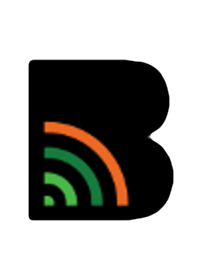Overview:
The History Pockets program explores events in history by having students create folder-like pockets out of paper and cover them with written facts and information about events. Students who enjoy crafts and hands-on activities will especially enjoy this program.
Key Characteristics:
Brings history lessons to life
Content is not heavy or overwhelming – just enough information to keep interest high
Many hands-on arts and crafts activities
Retain information through writing
The student-made history pockets are great keepsakes
Things to Think About:
Available for one year in grades 1-3 and two years in grades 4-5
A good amount of prep time is needed for lessons
Writing, coloring, and cutting activities can be time-intensive
Surface level information rather than in-depth
Extra pages may need to be printed
